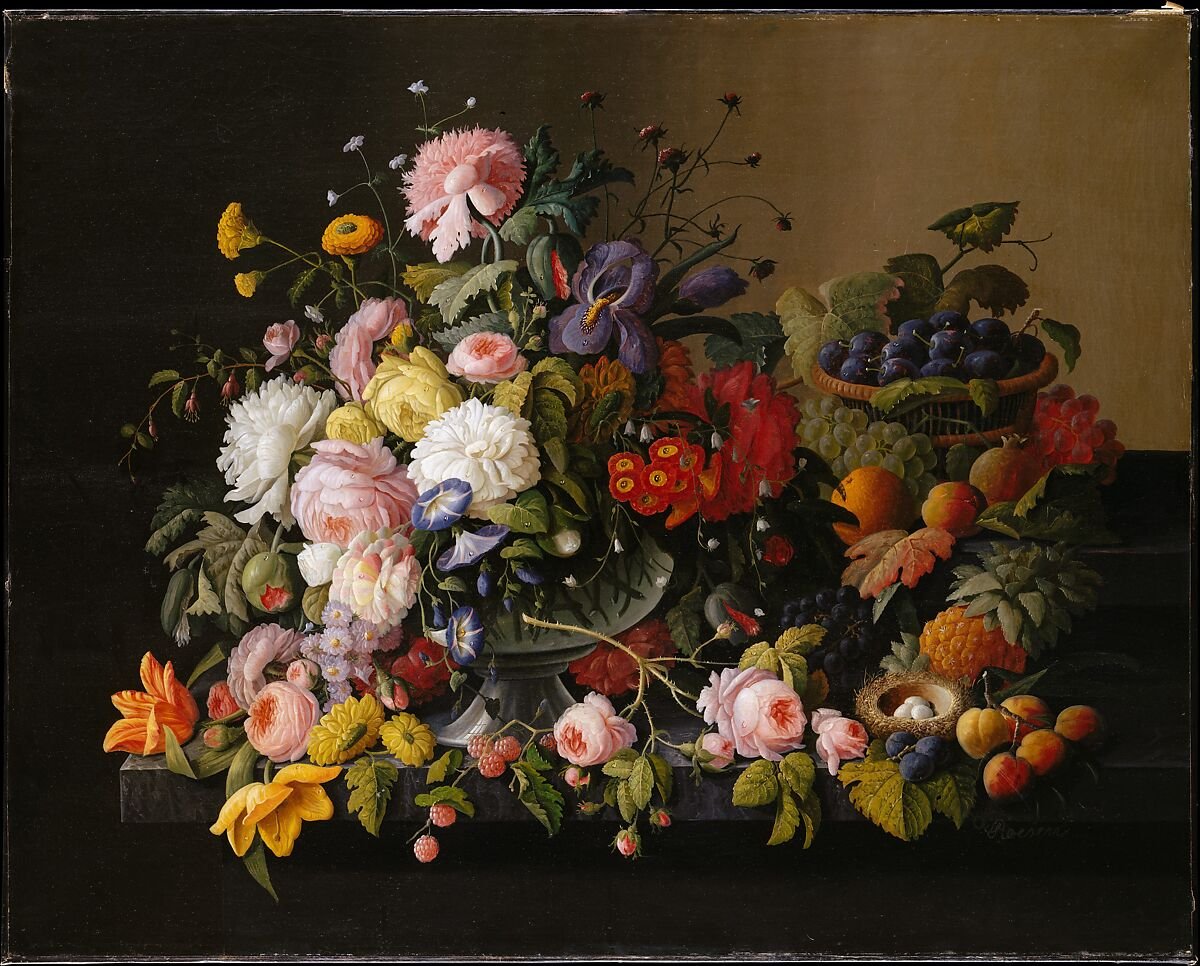SEA NOTES
The 4th National Marine Art Conference, and the Art of the Narrative
Norman Rockwell’s studio in Stockbridge, MA
The weather was sunny and warm on Wednesday, September 6th, 2023 making it an ideal travel day to head up New York Route 90 from Forest Hills, New York, to Albany. The trip was relatively uneventful but full of anticipation; I was going to the 4th National Marine Artist Conference. I arrived at the Hotel, checked into the event, and experienced a whirlwind few days, meeting new colleagues, learning new skills and techniques, and seeing and experiencing beautiful art. It has been a month since the conference ended, and I am just starting to digest all the information and experiences. It was my first National Marine Artist Conference, which certainly won't be my last.
Albany, NY
On Friday many of the attendees boarded a bus. After about an hour traveling the country roads of New England, we ended up in Stockbridge, MA, to visit the Norman Rockwell Museum.
We followed up with a visit to the Daniel Chester French studio. Seeing these two places was, for me, one of the many highlights of the conference. I enjoy and get a lot out of visiting other artists' studios. One can glean a lot from experiencing another artist's workspace; you can see how they set up their workflow and get an idea of their thinking. This visit was no disappointment; French's studio was immense, homey, and comfortable. I could see him sitting on the studio's porch, overlooking the mountains, pondering his next move or entertaining a fellow artist.
Daniel Chester French’s studio
One of the reasons that these visits profoundly struck me was seeing how important the narrative in a work of art can be. As part of the conference, there were demonstrations from four leading artists, Rick Delanty, Neal Hughes, Stewart White, and Don Demers, who shared their talents, insights, and broad experience with us. Also, on Saturday afternoon, we were treated to a Fellows Roundtable to discuss ideas, advice, and an informal discussion of art and aesthetics. Out of the many threads that could be followed, the one that I am going to weave is the subject of narrative in art.
“The story is the first thing and the last thing.”
Every artistic depiction is a form of a narrative; a still life of flowers on a table, in a fundamental way, tells the story of the flora. What is the plant being represented? Why is the artist depicting these certain flowers? Where did they come from, and what happened to them afterward? The questions can go on, and the viewer can develop their interpretation of what they are seeing on the canvas. That is why the artist is creating the work, not only to create a decorative picture that will look nice behind the couch but to at least develop something of interest, a reason to view the painting.
Still Life: Flowers and Fruit, Severin Roesen, American. 1850-55. The Metropolitan Museum of Art
But, you need to develop a powerful narrative to push an artwork to be more sublime. This engaging story has a superficial plot and a deeper meaning that can invoke thoughts beyond what is depicted. One such painting that goes beyond the level that is represented is Winslow Homer's Gulf Stream. On the surface, it shows a man adrift in a broken and battered boat, with no mast, no tiller, directionless in an ocean full of sharks. Winslow has developed an engaging image, beautifully painted, that grabs the viewers' attention just by its simple subject. The questions arise from what is shown, a man adrift in the sea, and what is suggested with the underlying themes that arise when contemplating the ideas represented.
The Gulf Stream, Winslow Homer, American. 1899. The Metropolitan Museum of Art
It is not an accident that specific feelings, emotions, and questions arise when viewing the Gulf Stream. Winslow Homer put a lot of time and development into this painting to express specific ideas and philosophical thoughts that he wanted to convey. By not overtly depicting these ideas and symbolizing the underlying themes, the viewer is forced to add their interpretations, creating a more powerful visual and mental experience.
“I know of no painless process for giving birth to a picture idea. When I must produce, I retire to a quiet room with a supply of cheap paper and sharp pencils; my brain knows it will take a beating.”







